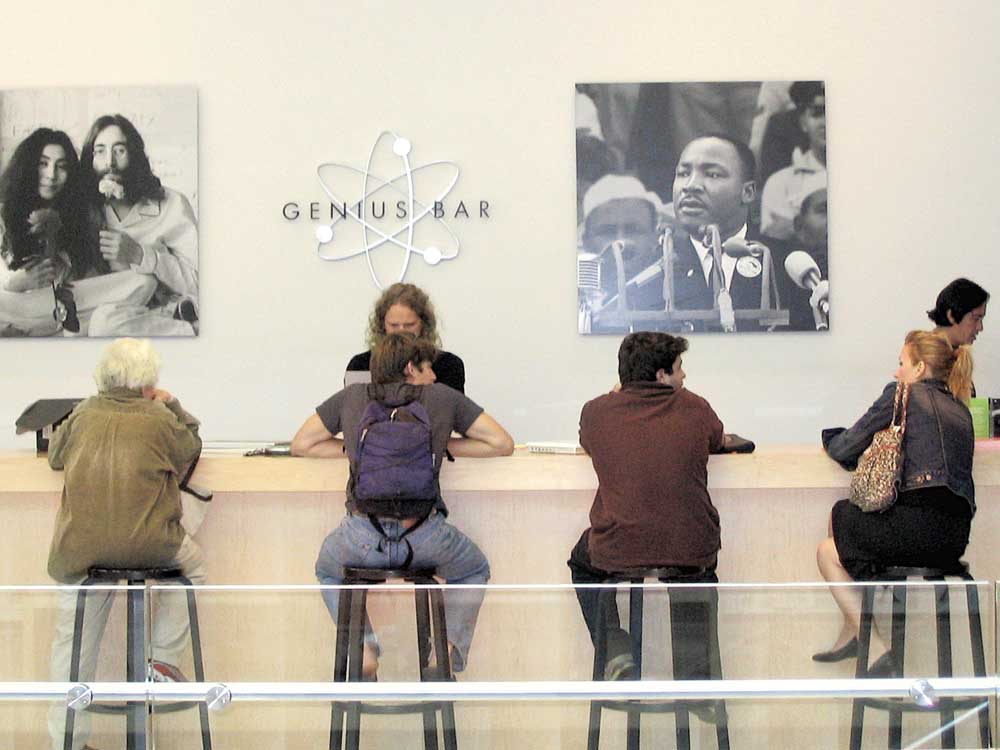What Unhappy Customers Want
Companies have tried for decades to improve customer complaint resolution — without notable success. A new approach is needed.
Topics
In 1976, the U.S. Office of Consumer Affairs sponsored what many consider the first national survey of customer satisfaction in the United States, asking consumers what problems they had experienced with products and services during the past year and profiling the resulting complaining behavior of those customers.1 That study found that the expectations of many customers were not being met. Products people wanted were frequently out of stock, quality was often shoddy, and repairs and customer support were often poor. In the nearly 40 years since the original study, companies of every size and shape have identified customer service as an area of tremendous importance for customer retention and branding. In fact, in the minds of many managers, the ability to ratchet up customer service has become an essential element of competitiveness.
Given the amount of attention companies have since paid to improving customer service, they might expect to have seen dramatic gains in the level of customer satisfaction. However, based on the 2013 National Customer Rage (hereafter, Customer Rage) survey,2 which followed the basic methodology of the original U.S. Office of Consumer Affairs survey, complainant satisfaction is lower today than in 1976. Although companies have invested in technology, call centers and other resources (such as staff training) to provide better customer service, many businesses are finding that being able to create satisfied and loyal customers is more difficult today. Hurdles include a daunting rise in customer expectations; challenges posed by the Internet, social media and online word of mouth; and poor execution of upgraded corporate complaint-handling policies.
Since the 1970s, we have been involved in researching changes in customer satisfaction, and in the past decade we have conducted six Customer Rage surveys in the United States as well as variations of this study internationally. (See “About the Research.”) Among the most interesting findings:
- The explosion of online social networking and other communication tools has raised the stakes drastically in the area of customer satisfaction.
References
1. “Consumer Complaint Handling in America: Final Report, U.S. Office of Consumer Affairs, 1979,” Contract HEW-OS-74-292, NTIS PB 80 – 176316, Washington, D.C., 1980; and M. Grainer, K. McEvoy and D. King, “Consumer Problems and Complaints: A National View,” in “Advances in Consumer Research,” Volume 6, ed. W. Wilkie (Ann Arbor, Michigan: Association for Consumer Research, 1979), 494-500.
2. M. Grainer, “Will We Ever Learn?: The Sad State of Customer Care in America, Highlights from the 2013 Customer Rage Study,” working paper, Customer Care Measurement & Consulting, Alexandria, Virginia, November 2013.


Comments (3)
Charles Noble
Qiang Su
PAUL O MALLEY